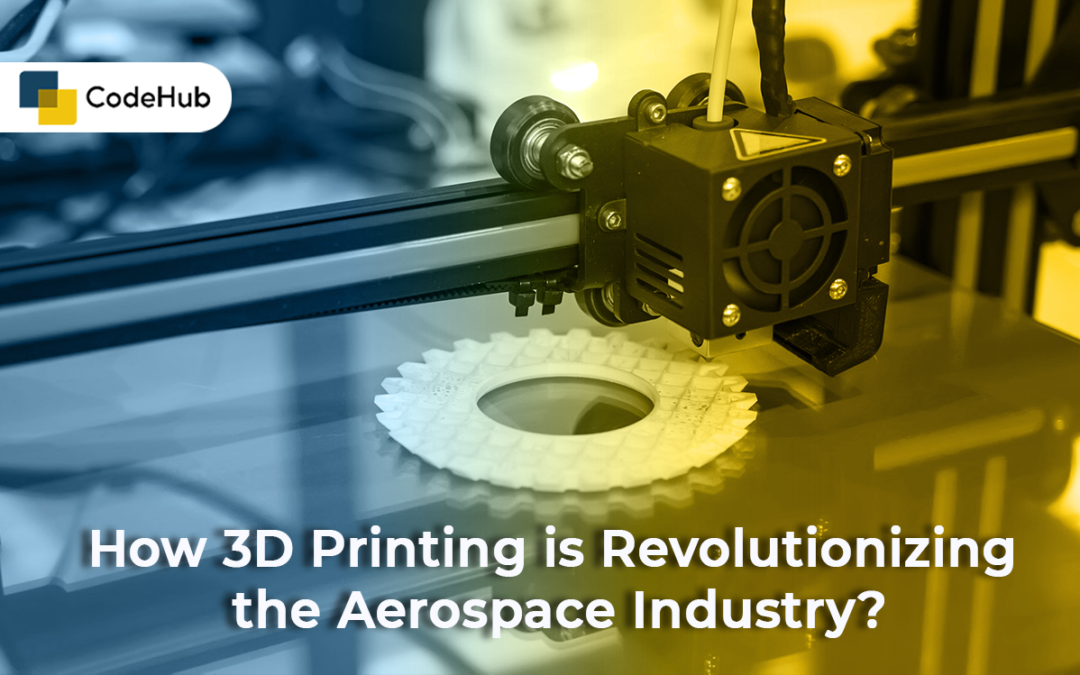The aerospace industry is one of the most demanding and innovative sectors in the world. It requires high-performance, lightweight, and durable components that can withstand extreme conditions and environments. Traditionally, these components are manufactured using complex and costly processes that involve multiple steps, tools, and materials. However, in recent years, a new technology has emerged that is changing the way aerospace parts are designed and produced: 3D printing.
3D printing, also known as additive manufacturing, is a process that creates physical objects by depositing layers of material on top of each other, following a digital model. Unlike conventional manufacturing methods that remove material from a solid block or mold, 3D printing adds material only where it is needed, reducing waste and increasing efficiency. 3D printing also enables the creation of complex geometries and internal structures that are impossible or very difficult to achieve with traditional methods.
3D printing has many advantages for the aerospace industry, such as:
- Faster prototyping and testing: 3D printing allows aerospace engineers to quickly create and iterate prototypes of new designs, without the need for expensive and time-consuming tooling. This reduces the development cycle and accelerates innovation. 3D printing also enables the production of functional prototypes that can be tested under realistic conditions, such as aerodynamic testing.
- Reduced weight and improved performance: 3D printing can produce parts that are lighter and stronger than those made with conventional methods, by optimizing the material distribution and minimizing the number of parts. For example, GE Aviation reduced the number of parts in a jet engine fuel nozzle from 20 to one, leading to a 25 percent weight reduction. Lighter parts mean lower fuel consumption and emissions, as well as higher speed and maneuverability.
- Increased customization and flexibility: 3D printing can create parts that are tailored to specific needs and requirements, such as different sizes, shapes, or functions. This allows for more design freedom and personalization, as well as the ability to adapt to changing demands or environments. For example, Virgin Orbit expects to use 3D printing to fabricate entire thrust chamber assemblies that can be customized for different payloads and missions.
- Simplified supply chain and logistics: 3D printing can reduce the complexity and cost of the supply chain and logistics, by enabling the production of parts on-demand, near the point of use, or even in space. This eliminates the need for inventory, transportation, storage, and maintenance of parts. It also reduces the risk of delays, shortages, or disruptions caused by external factors.
3D printing is already being used for various applications in the aerospace industry, such as:
- Satellites: 3D printing can produce satellite components that are lighter, more compact, and more functional than traditional ones. For example, Airbus used 3D printing to create a titanium antenna bracket that weighs 50 percent less than a conventional one. 3D printing can also enable the production of satellites in orbit, using materials from asteroids or lunar regolith.
- Aircraft: 3D printing can produce aircraft components that are more aerodynamic, efficient, and reliable than traditional ones. For example, Boeing uses 3D printing to produce parts for its 787s, such as ducts, hinges, brackets, and latches. Boeing expects to save approximately $2 million to $3 million per plane by using 3D printing. 3D printing can also enable the production of entire aircraft structures or wings.
- Rockets: 3D printing can produce rocket components that are more powerful, precise, and resilient than traditional ones. For example, SpaceX uses 3D printing to produce parts for its Falcon 9 rockets, such as engine chambers, nozzles, valves, and injectors. SpaceX claims that 3D printing reduces the cost of its engines by up to 75 percent. 3D printing can also enable the production of rockets on Mars or other planets.
As you can see, 3D printing is revolutionizing the aerospace industry by enabling faster prototyping and testing, reduced weight and improved performance, increased customization and flexibility, and simplified supply chain and logistics. 3D printing is not only a technology but also a mindset that encourages creativity, innovation, and collaboration. The future of aerospace is in 3D!

